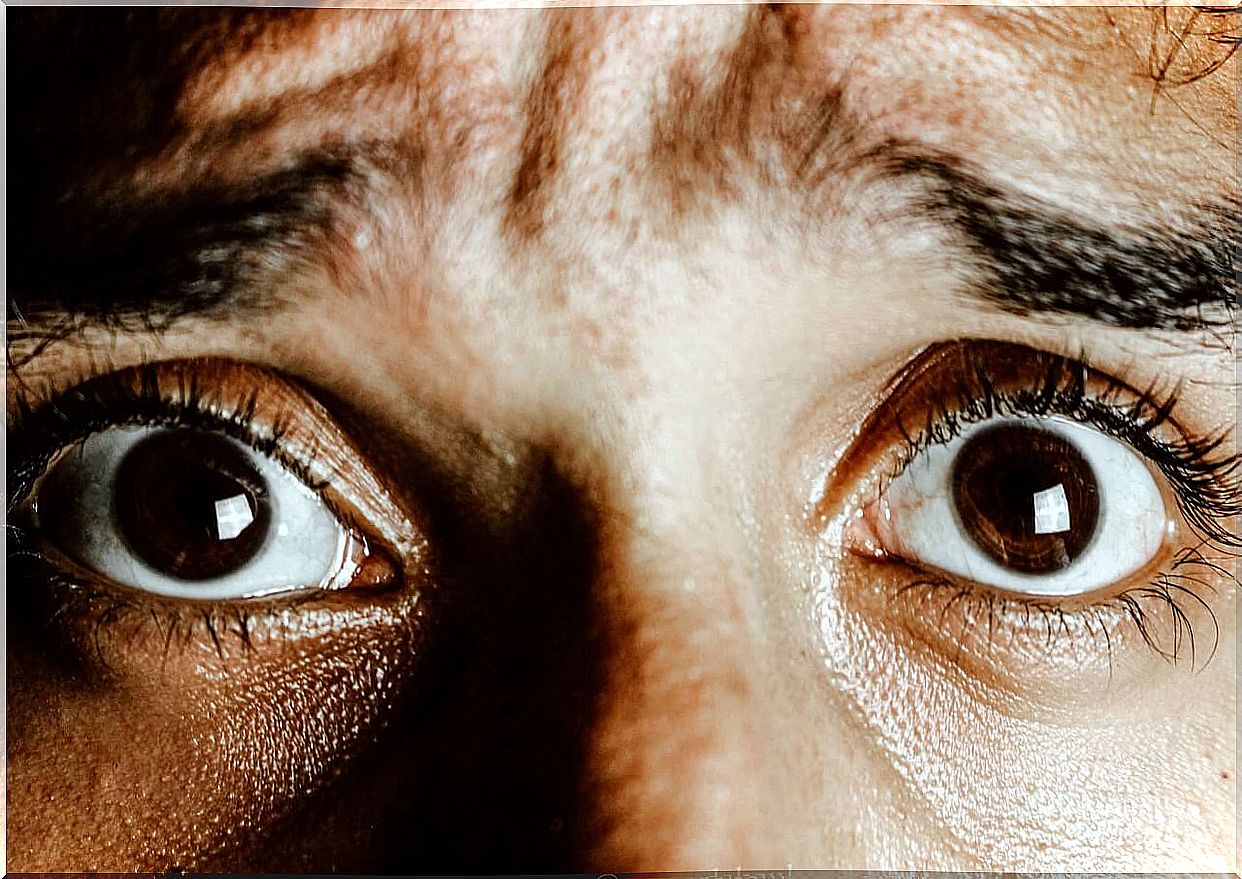What Are The Primary Emotions?

Emotions are complex response patterns. They involve experiential, behavioral and physiological elements. Emotions are generally classified into primary and secondary emotions.
The former are innate, are present in the natural development of any person and are intended to help us survive. The list of these types of emotions varies according to different theorists, with Ekman Goleman’s psychological classification being one of the most widespread and accepted.
According to this author, the primary emotions are 6: fear, sadness, anger, joy, surprise and disgust. On the other hand, secondary ones are considered learned and we acquire them based on our experiences and interaction with others. They include shame, jealousy and optimism, for example.
Characteristics of primary emotions
To better understand what the primary emotions consist of, we present their defining characteristics:
- All of them have an adaptive function in a given situation.
- They have an evolutionary and survival purpose.
- They have a determined facial and body expression. In this sense, the manifestation of surprise, for example, is the same in almost every culture in the world.
- They played an essential role in the organism’s adaptation to its environment.
- They are universal, that is, there is no culture that does not manifest them.
- They are present from birth and last for a lifetime.
The 6 primary emotions
In this article we will present the classification of psychologist Ekman Goleman, who states that there are 6 primary emotions. Daniel Goleman, a psychologist known for his book on emotional intelligence, also claims that there are 6 basic emotions. The only difference is that he changed the term disgust for disgust .
1. Fear
Fear is the emotional response to impending danger. In this case, there are a variety of stimuli that can cause fear. It would be impossible to list them all.
It belongs to the group of negative emotions and its main function is to make us react to effectively escape any danger. Likewise, it promotes avoidance behaviors in dangerous situations.

2. Sadness
Sadness often appears in the face of a loss or adverse situation. Its adaptive function is to protect us and help us to restore ourselves against the possible damage that can arise from our interaction with the environment.
With it, the person isolates himself from his environment, which allows him to reflect and change behaviors that have no effect. Also, it helps to mitigate the overall activation level. This slows down cognitive processes, allowing us to examine the situation more deeply.
Finally, it promotes empathy for others, which increases the chances of greater social contact. Ultimately, support helps us to overcome the situation.
3. Anger
Anger is a negative emotional response produced in situations of frustration, among which the obstruction of an objective, the transgression of norms and rights or aversive situations stand out. Its main functions are to facilitate the rapid development of defense and attack in unpleasant or frustrating situations, increase our activation level and increase the vigor of behaviors.
4. Joy
Joy is a primary emotion of a positive kind. In general, it usually appears before any event that is pleasant or in situations that prevent us from suffering any discomfort.
Besides, there is another kind of joy: the hilarious one. It’s the one that appears when we’re laughing. Their most common triggers tend to be jokes, funny stories and tickling.
Its adaptive function is to promote the repetition of activities or behaviors that cause a pleasant feeling. Furthermore, it facilitates social union and planning for the future.
5. Surprise
The surprise is very brief. It triggers quickly and can be turned into any other emotion. Occurs in an unexpected, new, or unknown situation. It is considered a neutral response, since it cannot be said to be always positive or always negative.
Situations that often generate a surprise reaction are an unexpected interruption of an ongoing activity, sudden increases in the intensity of a stimulus (for example, when someone is talking to us and suddenly shouts) or new stimuli. In turn, its main function is to make the body adapt to unforeseen changes in the environment.
6. disgust
Disgust is the rejection of stimuli that are unpleasant or disgusting to us, such as spoiled food, poor hygiene, some animals or bodily secretions (stool, sweat, urine). This is considered a negative emotion.
Repulsion has several functions. The most notorious include running away from harmful situations, promoting healthy and hygienic habits, and modulating social displays.

The importance of accepting and regulating primary emotions
Primary emotions are essential for dealing with a range of situations. Thus, it is essential not to repress any of them and manage them properly in order to be able to live with them without causing us discomfort.
Many of these emotions, especially those classified as negative, are mismanaged. This leads to conditions like anxiety disorders, depression or aggression. Hence the importance of strengthening our emotional intelligence.









